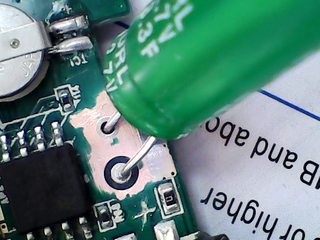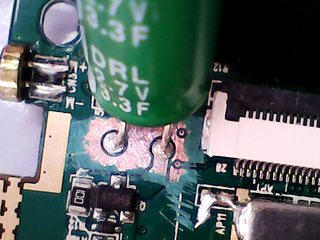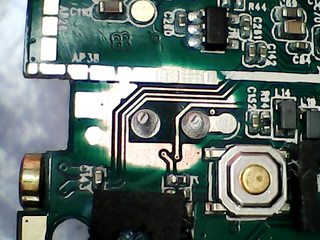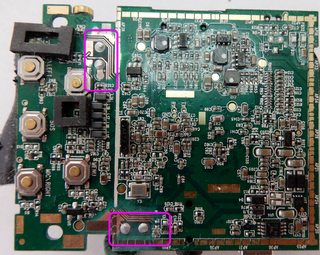Vincy Gav
New Member
Ok I checked it again, from the the -ive and +ive of each legs, one capacitors gains 2.64v and other 0.62v, this is with the cam off but connected via USB
with the cam on one capacitor gains 2.67v and the other 0.02v. I am unsure why the power should even drop so much.
I am beginning to think the board could be damaged.
The voltage of near 5 volts was when I tested the positive of the USB supply and the negative of the capacitor without any capacitor connected
Last night I re-formatted the card and left it recording, seems to have only not recorded one file. I am going to try it in my car and see if it is the same.
with the cam on one capacitor gains 2.67v and the other 0.02v. I am unsure why the power should even drop so much.
I am beginning to think the board could be damaged.
The voltage of near 5 volts was when I tested the positive of the USB supply and the negative of the capacitor without any capacitor connected
Last night I re-formatted the card and left it recording, seems to have only not recorded one file. I am going to try it in my car and see if it is the same.








